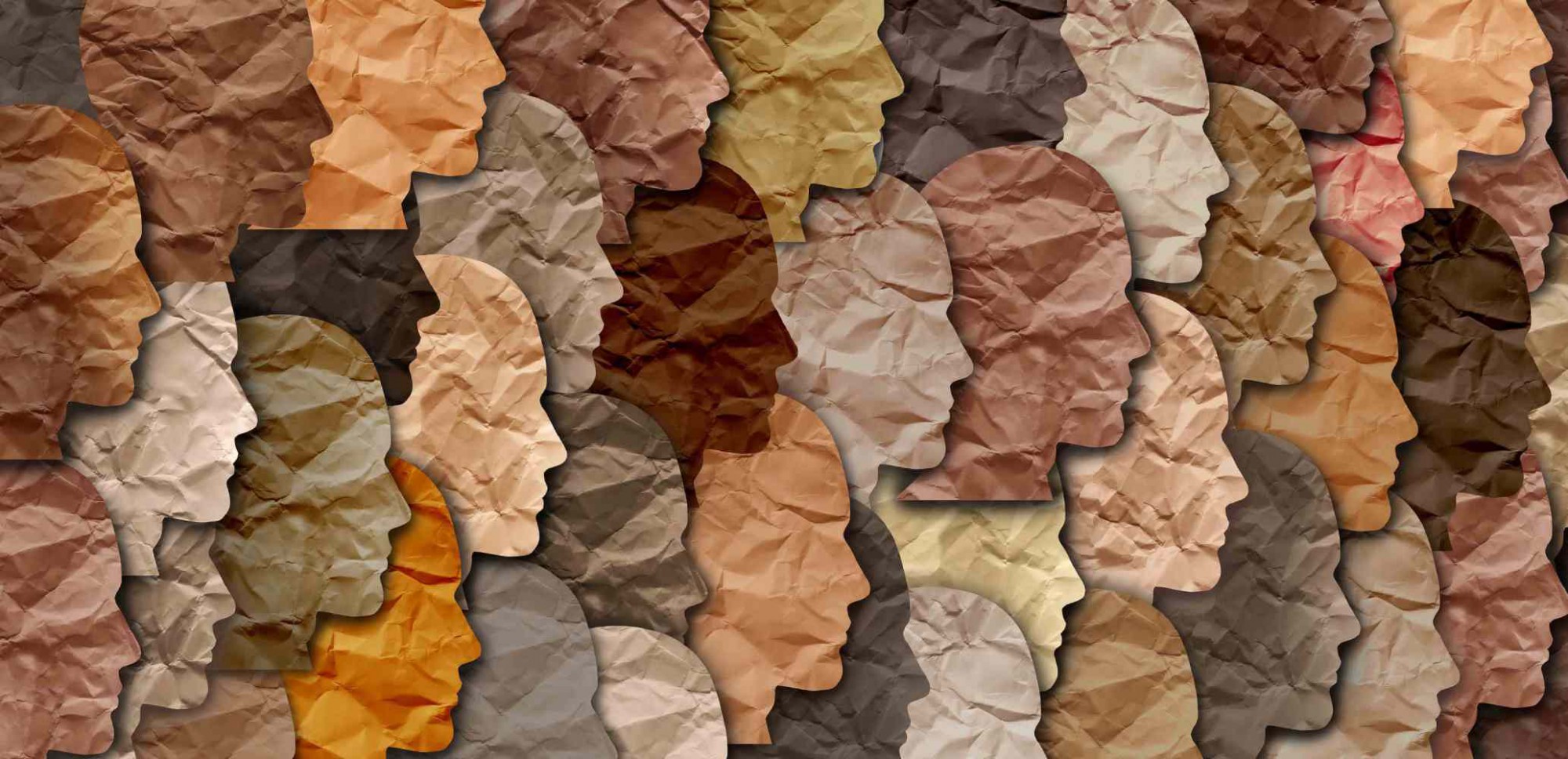“Interdependence is a higher value than independence“. This is how Stephen R. Covey summed up the potential of teamwork in his influential ‘The Seven Habits of Highly Effective People’ (Planeta, 2015). A best-seller with 15 million copies sold and included in the select group of the most relevant business management books of all time. The creation of diverse teams has proven to be a fundamental strategy to guarantee the adaptability and effectiveness of a project. And its maximum potential is achieved when the profiles involved are more diverse. The mathematical paradox of 1+1=3 is a good thing, since it incorporates ingredients that are not individualistic, such as ‘perspective’ and the ‘law of bonding’, among others, into the recipe for success.
However, team building is not just about adding up profiles. It is about combining diverse, yet compatible personalities. The world’s leading recruitment and selection company Robert Half argues that “a group composed entirely of Class A superstars can become embroiled in power struggles, while another group of introverts may find it difficult to choose someone to lead the way“.
In contrast, diverse teams would include one or two leaders who can organize and direct the activities of the remaining members. Other staffers would represent a variety of personalities: extroverts and introverts, deliberate planners and spontaneous entrepreneurs, logical fact seekers and insightful thinkers who can connect the dots and synthesise information.
The benefits of ‘synergising’ on diverse teams
The key is to ‘synergise’. Because the personality of each professional counts, and the right combination of these can make the team’s efforts much more successful. When team approach is called for, it is understood that none of the individuals possesses the range of skills and/or experience necessary to complete the task. Managers must therefore structure the group’s foundation in advance to make it more functional and harmonious:
- By identifying what kind of skills are required.
- By determining what type of experience would be most beneficial.
- By assembling the group with the appropriate players, and encouraging, if necessary, collaboration between departments
From there, the very dynamics of teamwork will result in its members sharing valuable knowledge and best practices. A kind of high-level ‘cross training’ through which professionals learn and understand the different functions of each of the departments and without the need to rotate positions. Ideally, the staff will incorporate the principle that the whole is greater than the sum of its parts. And that’s the greatest outcome of diverse teams.
Multi-national companies such as Apple, Starbuck’s and Google have made significant gains from their diverse team strategies. Google, in fact, developed a previous work with its Aristotle program whose main conclusions regarding the formation of a successful high-performance team go through the interaction between the team members and not the simple choice of individuals.

Diversity 2-D
The North American airline Southwest chose to structure its teams horizontally so that, in the event of any setbacks or issues with customers, the company holds the whole team responsible and not just one member in particular. This is a penalty for which the professionals modified their way of relating to the rest of the team, ‘synergising’ tasks and sharing goals, knowledge and mutual respect.
The progressive implementation of these policies has led to what is known as two-dimensional diversity, or 2-D diversity, which is split as follows:
- Inherent – based on traits such as gender, ethnicity and sexual orientation.
- Acquired – based on learning-.
This is a model that has more than proved its benefits in the world of innovation. The prestigious software engineer Tessa Ann Taylor, defends that “diverse teams create dialogues and challenge the status quo” and ultimately result in “a more thoughtful and robust product”.
After leading the New York Times Engineering team for five years, Taylor decided to “shift focus from struggling with code to managing teams”, putting into practice what she had learned during her career when she quickly realized the potential of building multicultural and heterogeneous 2-D teams. “A diversity that equalizes above and fosters team culture below. Valuing collaboration over being right, and reinforcing the commitment to moving the whole team forward rather than prioritising a personal victory“, Taylor explains.
Diverse teams not only in skills, but also in origins
Harvard University has examined in detail the impact of business diversification by sector. It concludes that “striving to increase multicultural diversity in the workplace is not an empty slogan, it is a good business decision“. To this end, he draws on various studies such as the 2015 McKinsey consultancy which, after analysing 366 companies, found that those with the widest ethnic and racial diversity in management were 35% more likely to have financial returns above the industry average.
A pattern that is repeated for those with greater gender diversity, as they are 15% more likely to have above-industry returns. This result is further supported by Credit Suisse‘s global analysis of 2,400 companies, which concludes that organizations with at least one female board member had “a higher return on equity and higher net income growth than those with no women on the board“.
Sources: Research Gate, Harvard Business review, Robert Half, New York Times


